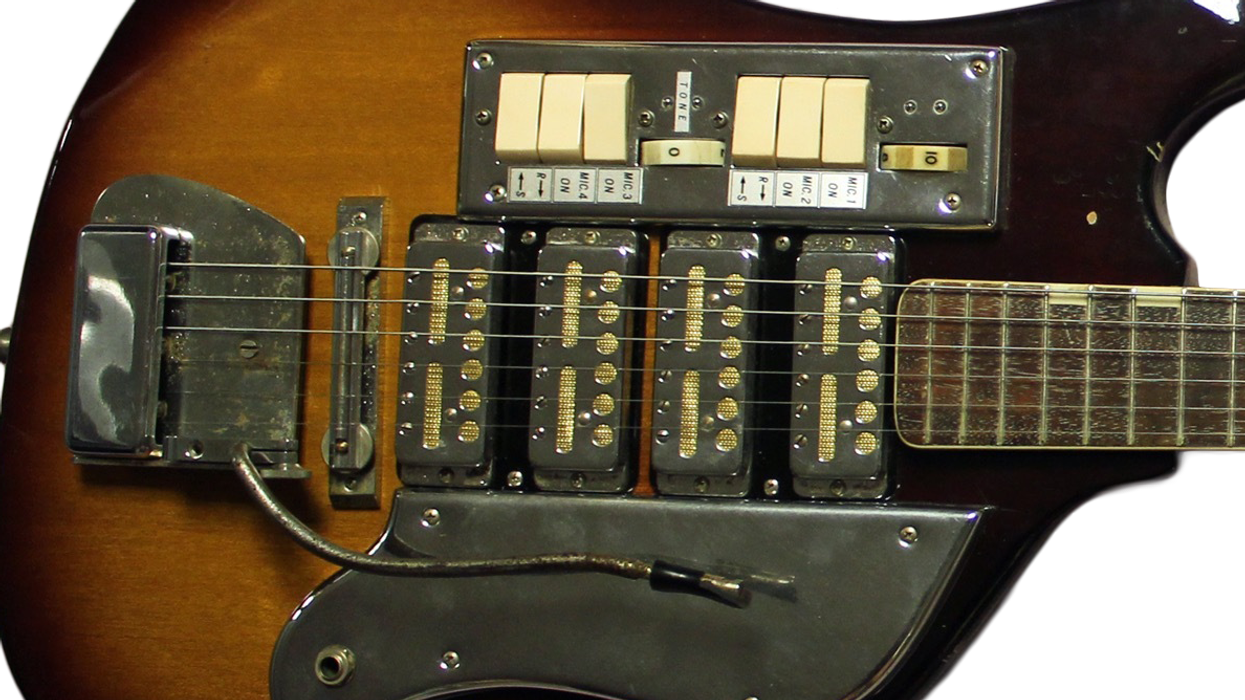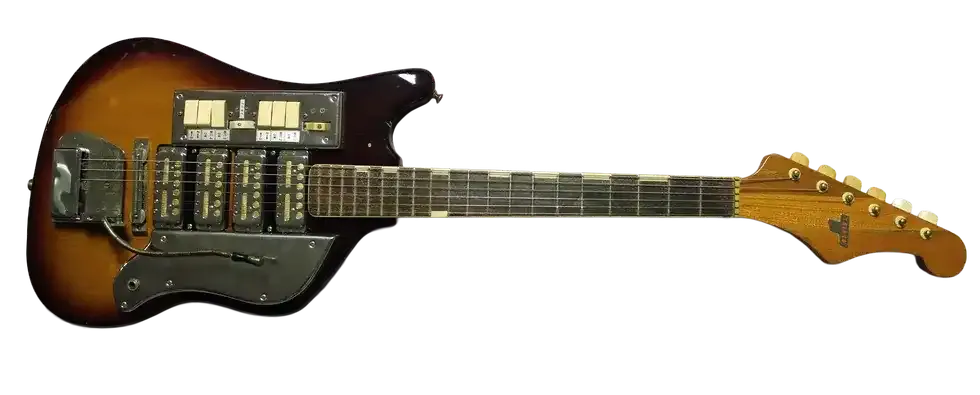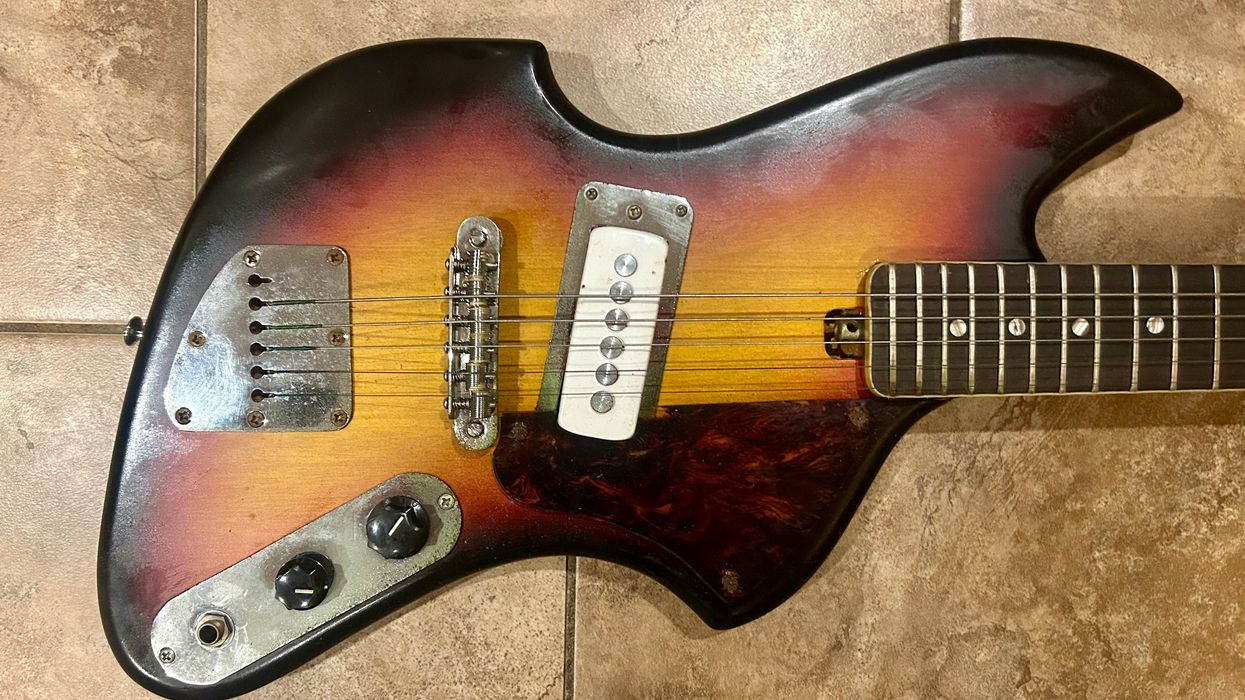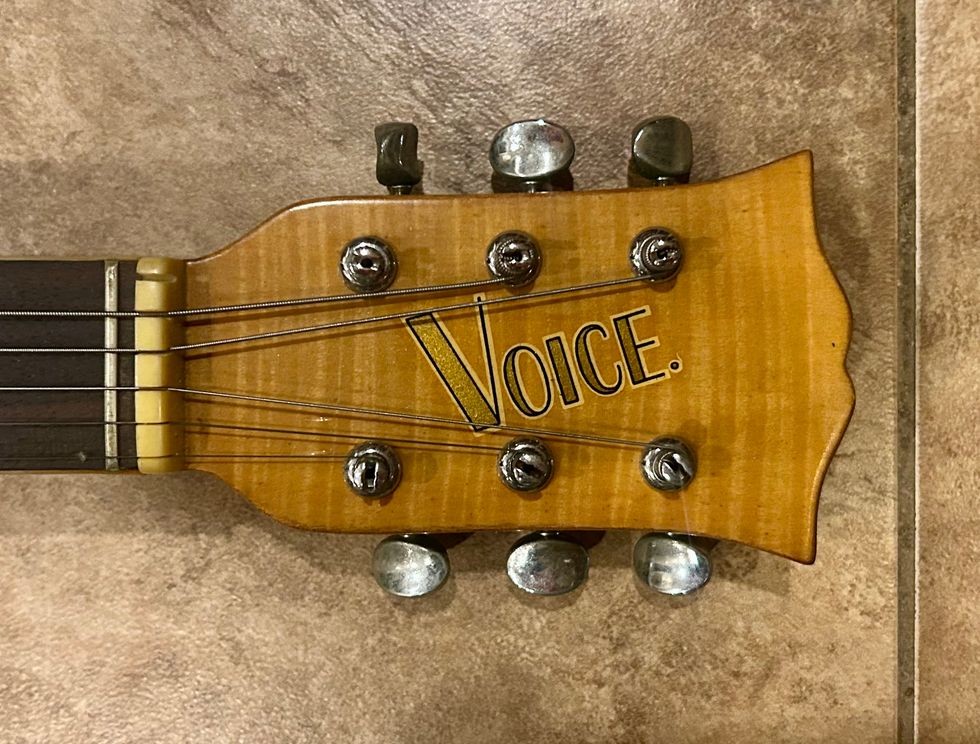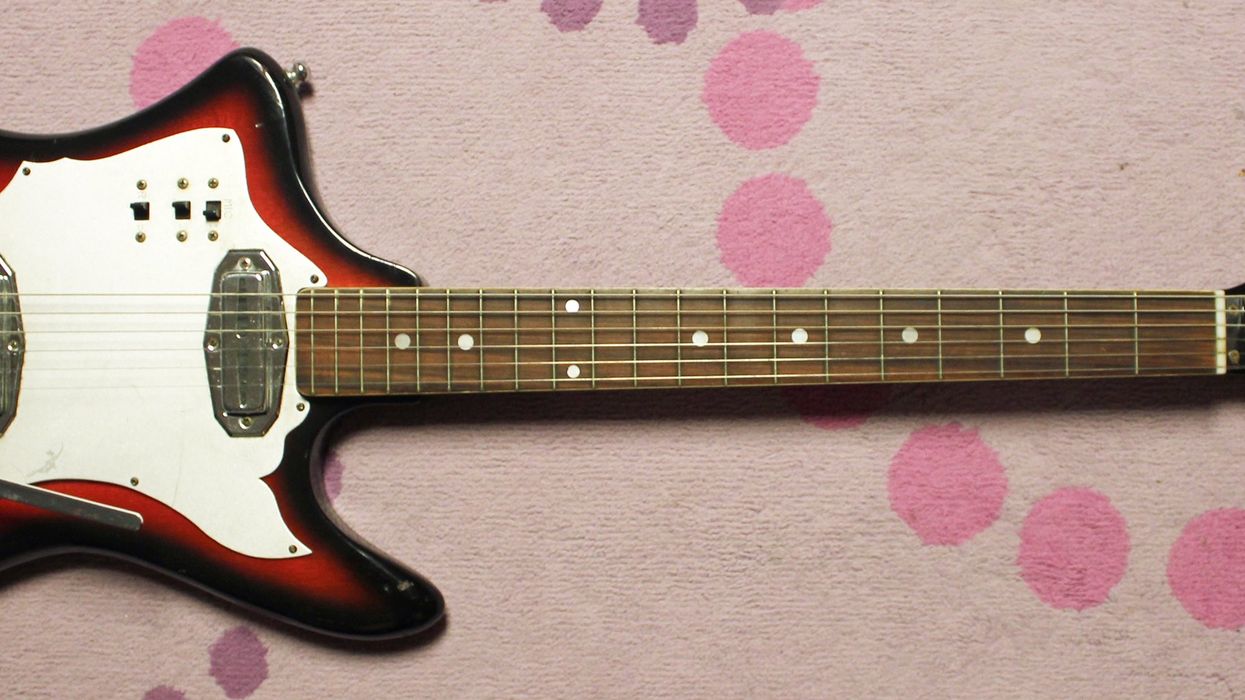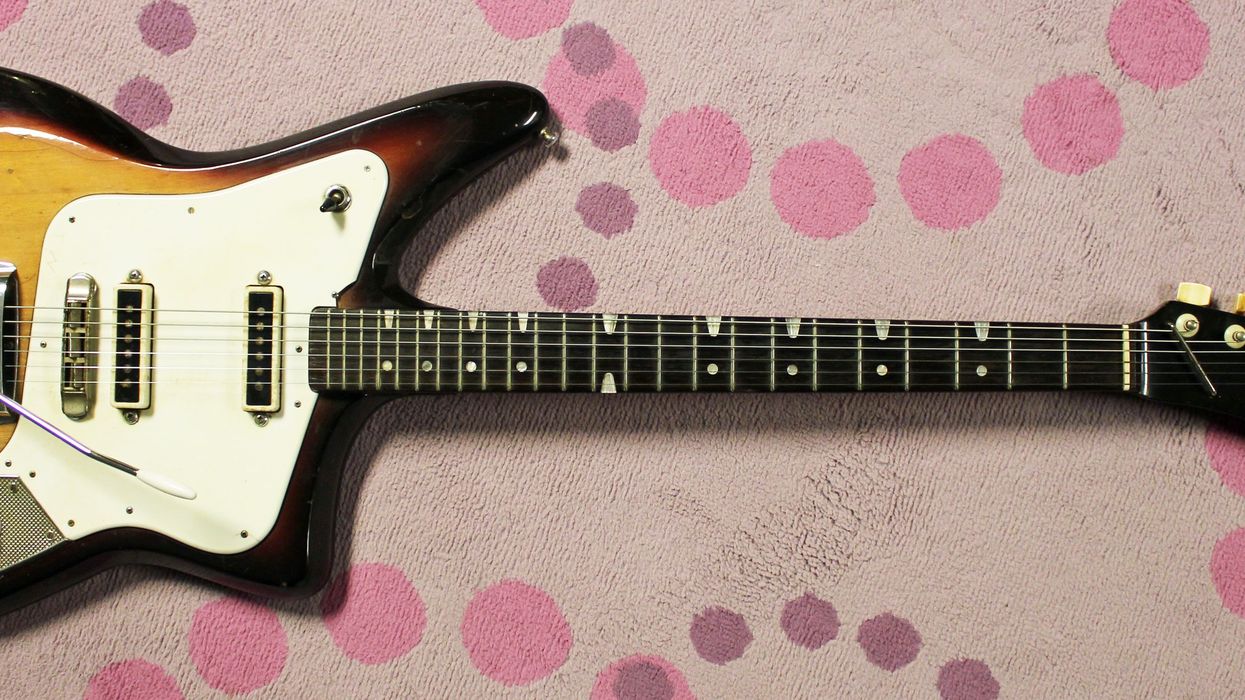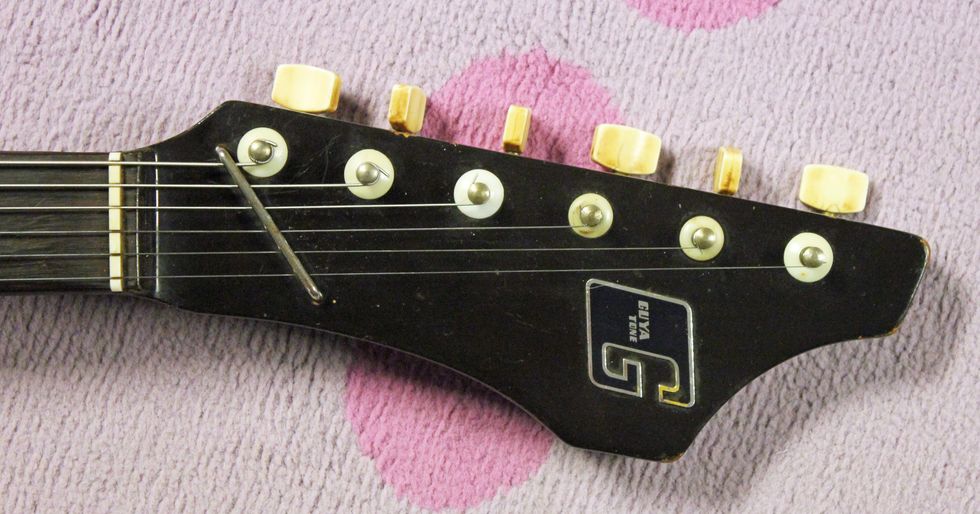As the wind blows, so do my interests, and recently, I found myself taking a deep dive into the music of the Buzzcocks. That group was one of the early, legendary English punk bands. I was going through all the band’s recordings but I was really digging the group’s first EP from 1977, Spiral Scratch. That first record just has an incredibly raw guitar tone that has a familiar feel.
As I suspected, good ol’ Pete Shelley, their lead singer and guitarist, was playing a Teisco-made guitar in his early days! People, I feel like my ears are tuned to the Teisco frequency. Which is sort of interesting, because I have no real musical ability or ear to speak of!
After doing a bit of research, I found out that Pete’s guitar was a Teisco MJ-1, which was branded as “Starway” in his part of the world. His was a one-pickup model without the tremolo, but these guitars were sold in one- and two-pickup configurations and with or without tremolo. Here in the U.S., these same guitars wore all sorts of headstock brand names like Lafayette and St. George.
In 1963, the electric-guitar boom was starting to gain momentum, and these Teisco guitars were among the first mass-produced electrics to ship out of Japan, and therefore some of the first to satisfy the needs of the public. The MJ guitars were sold in large numbers and you can find them pretty easily on the used market. Brian Eno was also known to use the Teisco MJ-2 as a studio guitar!
The two-pickup model here was known as the MJ-2. (In the States, MJ-2s carried the ET-200 name.) Produced until around 1965, these guitars have that familiar Matsumoto City-area build technique with surface-mounted pickups and a half pickguard that hides all the electronics. It’s an efficient design that many manufacturers used for years in the early 1960s. Also, the MJ guitars went through a couple of variations, including changes to the pickups and headstock shape.
“Personally, I love the deep V shape, but it can be a bit much to the modern player.”
In the 1964 Teisco catalog, the MJ-2, or ET-200, retailed for $90. You could also buy an E-200, which was the same guitar, sans tremolo. Whatever configuration you choose, these early Teisco guitars’ incredible surface-mount pickups just grind! If you listen to the Spiral Scratch EP you can hear that edgy tone. The pickups featured here on my St. George and on Pete’s Starway are really the ones to own. The makers in Japan were still learning the craft in the early days, and there are many examples of happy accidents that led to guitars sounding like buzzsaws! These Teisco pickups are exhibit A.
The standard MJ-2 has two volume and tone knobs and two pickup-selector rocker switches. The guitar is rather light in the hands, but some are a little neck-heavy because of the large V-shape of early necks. Personally, I love the deep V shape, but it can be a bit much to the modern player. The headstock of this early version is also awesome, all gonzo and exaggerated.
Pete used his Starway from 1973 to 1977, and the guitar was even specified among the credits of Spiral Scratch! Interestingly, Pete had wired his pickup straight to the jack to avoid the knobs, but more famously, he accidentally broke his guitar in half so that the entire top half of the body was gone! But he kept on playing the guitar for many concerts afterwards because he enjoyed how much lighter it became. Talk about a legendary guitar!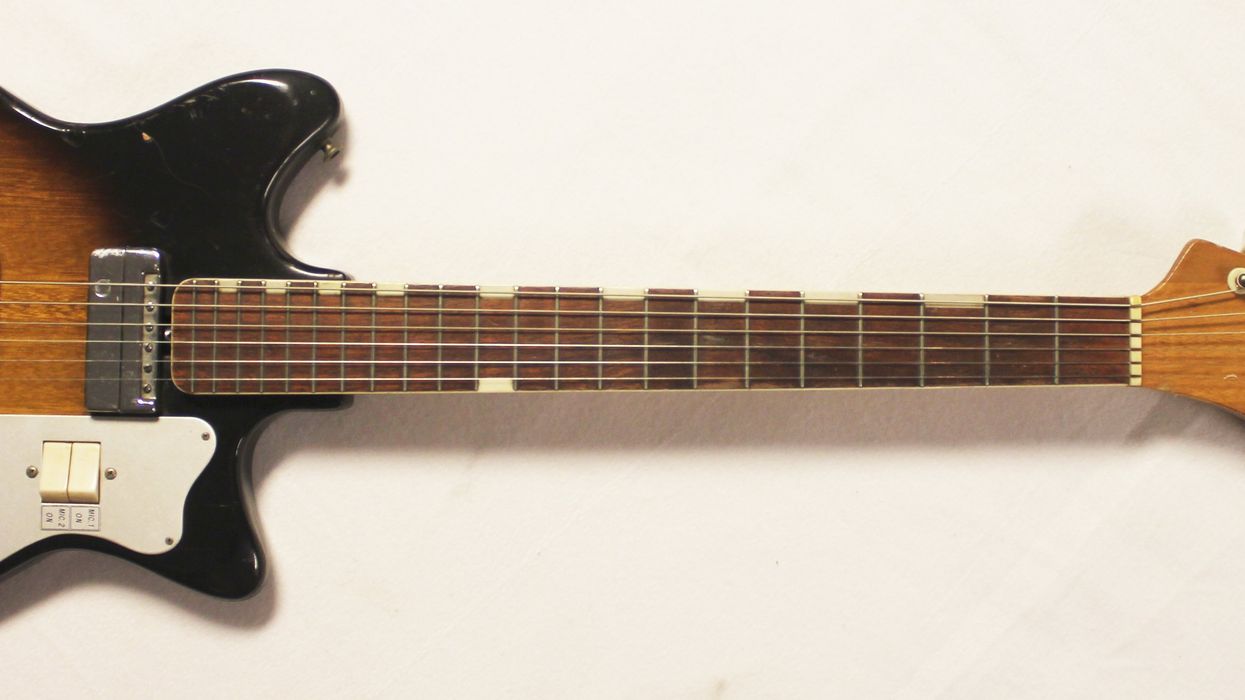

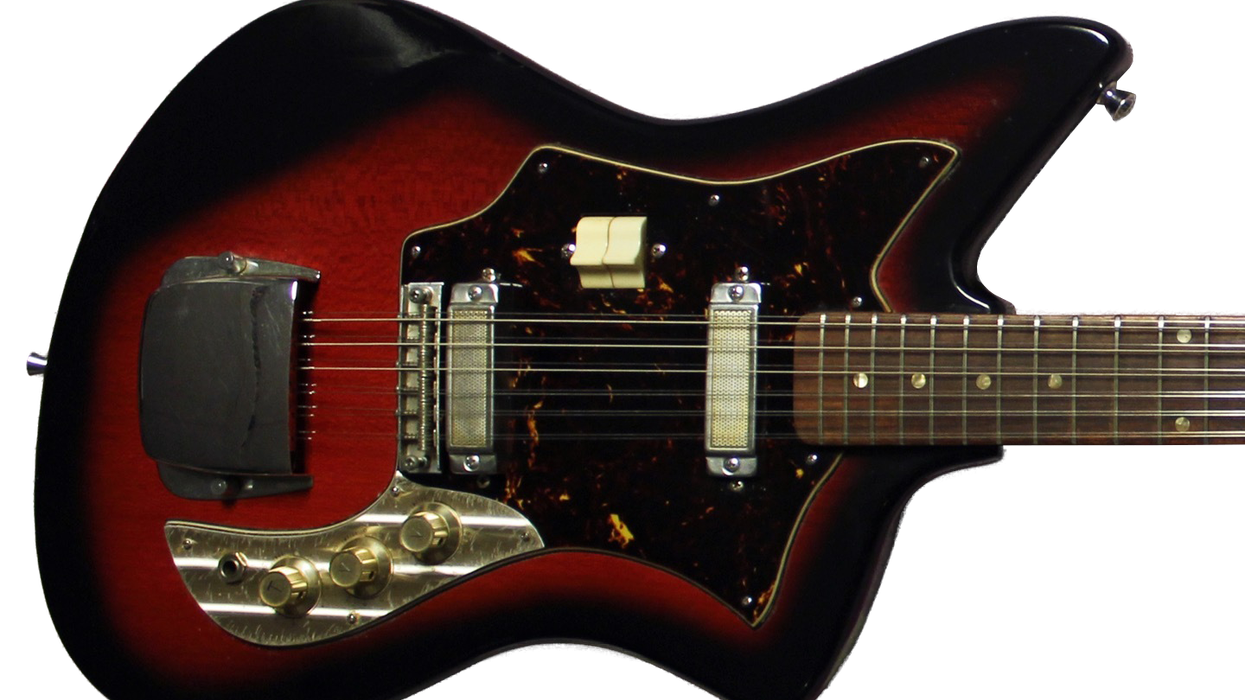
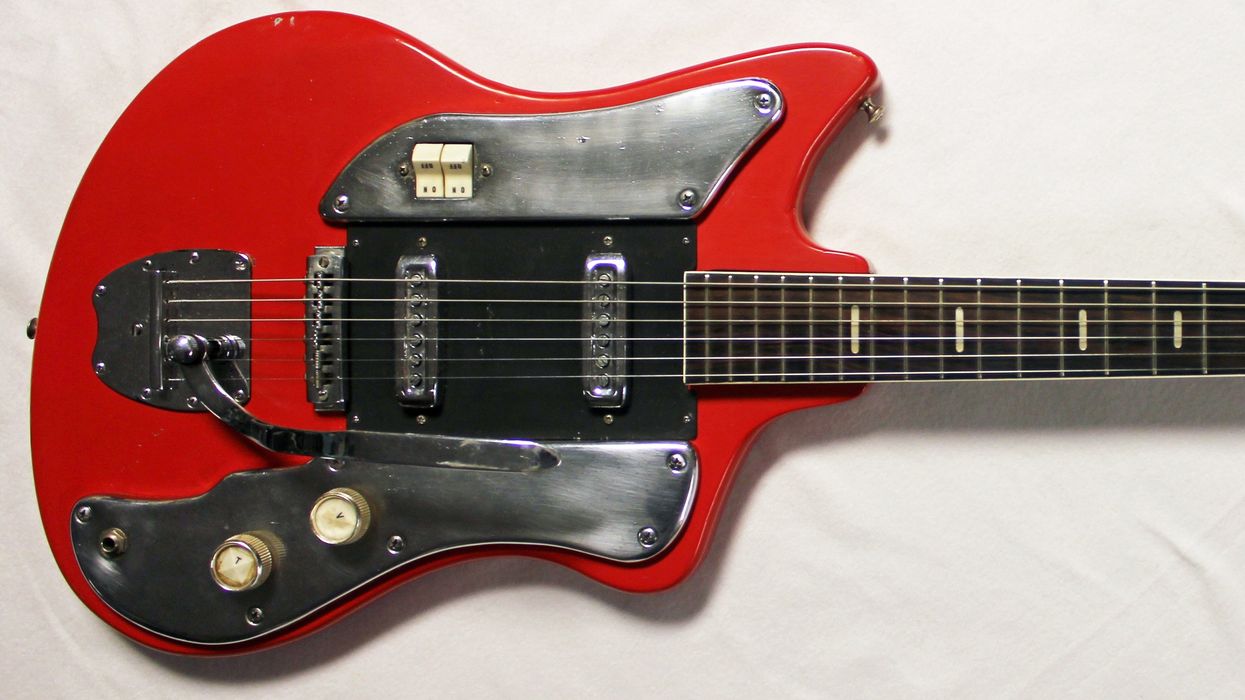
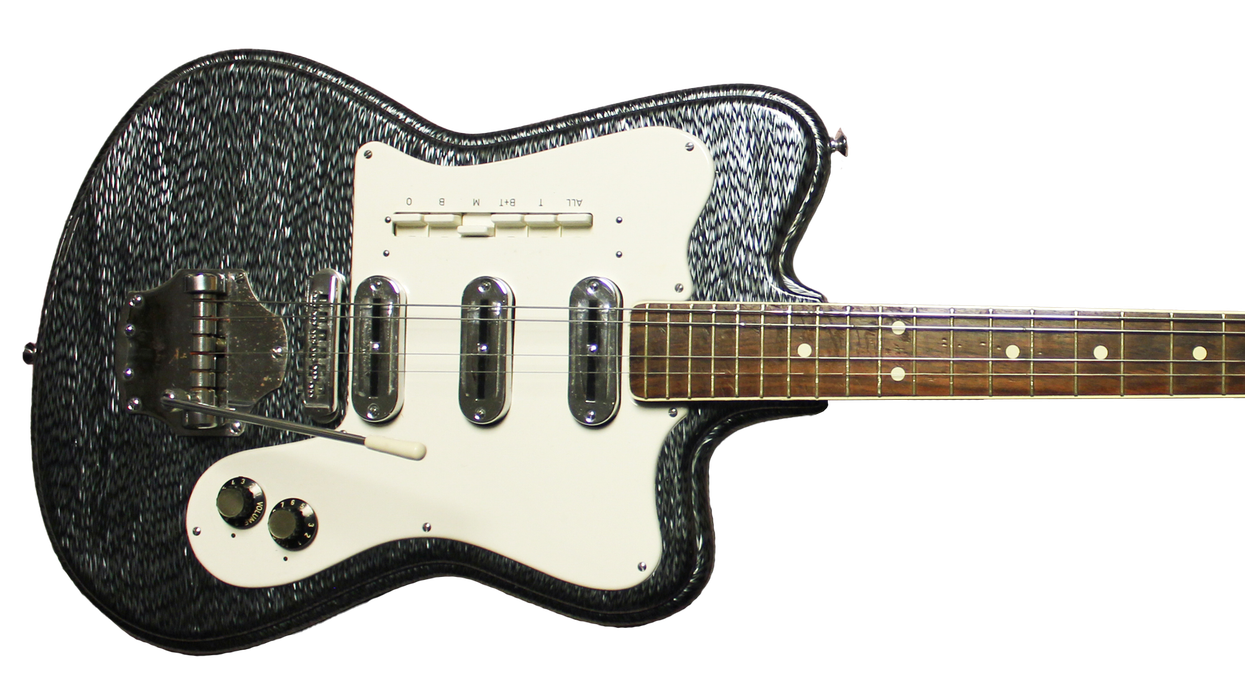
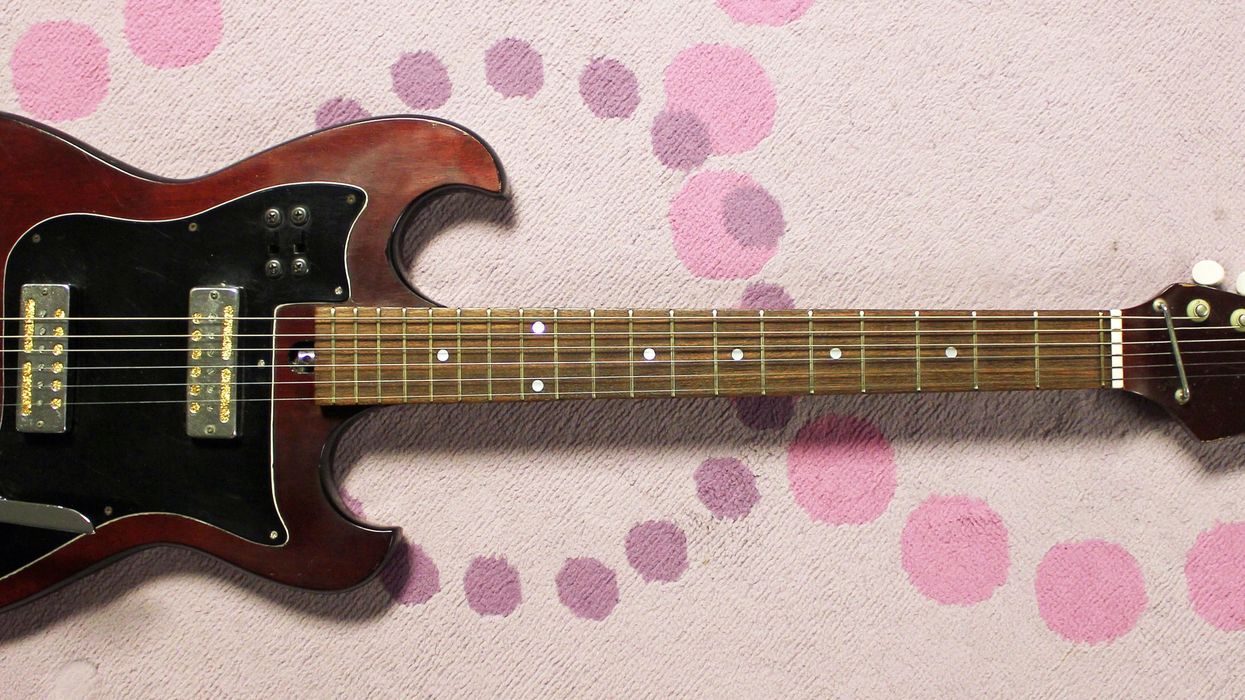
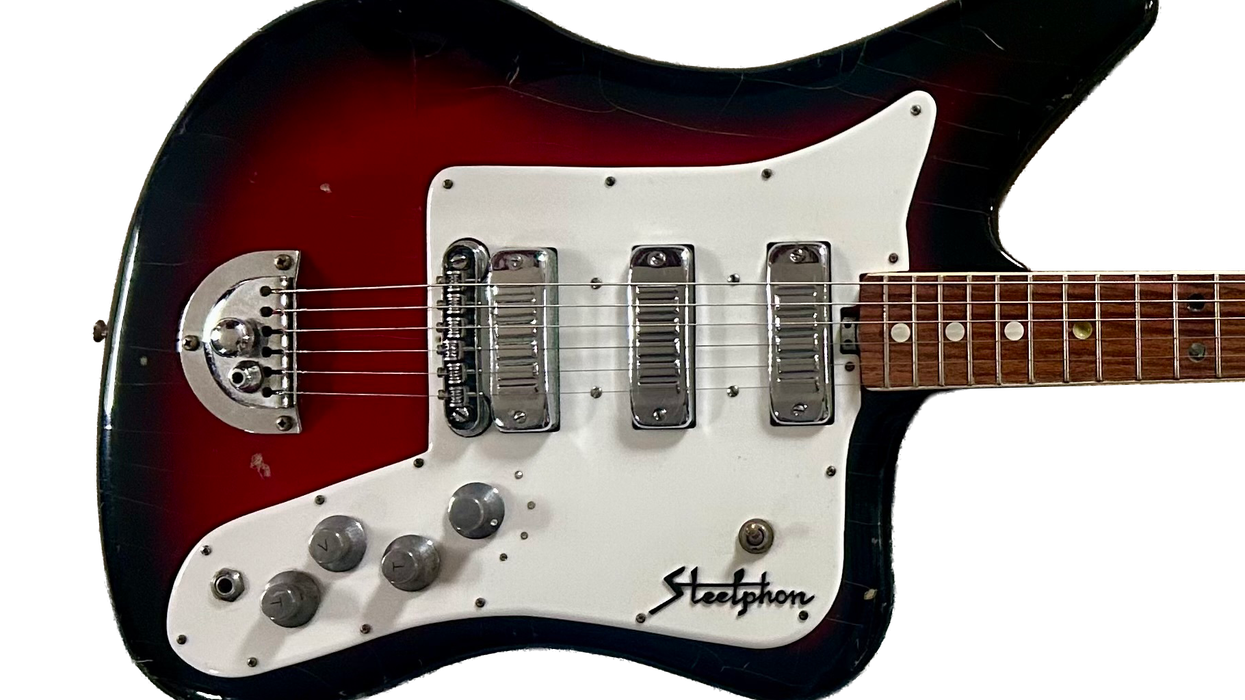
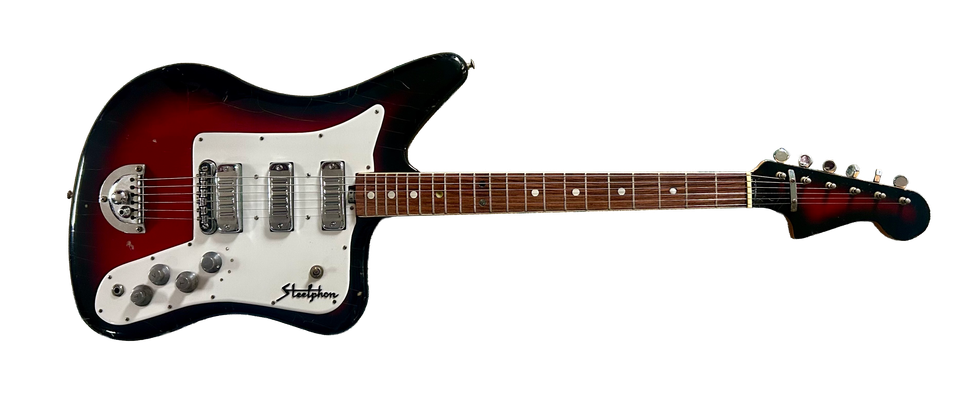 Then, in the dream, I “awoke” and realized I was back in my bedroom, and it was all just a dream. The kicker is that I was still dreaming, because that “paddle” guitar was suddenly in my hands—then I woke up for real! How about that misadventure?
Then, in the dream, I “awoke” and realized I was back in my bedroom, and it was all just a dream. The kicker is that I was still dreaming, because that “paddle” guitar was suddenly in my hands—then I woke up for real! How about that misadventure?





